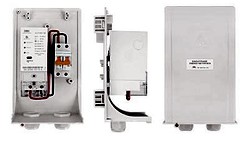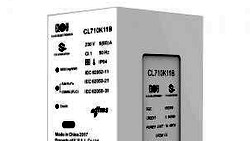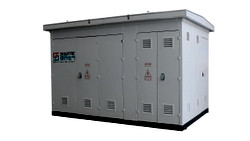As utilities strive to modernize their energy metering systems, the decision between post-paid and prepaid meters becomes crucial. Each option comes with its own set of advantages and considerations, and finding the right fit for utilities requires careful evaluation. In this article, we will provide a guide for utilities, outlining the key factors to consider when deciding between post-paid and prepaid meters. By understanding the unique benefits and challenges of each option, utilities can make informed choices that align with their specific needs and goals.
Factors to Consider
- Consumer Base and Payment Habits
Analysing the consumer base is essential in determining the suitability of post-paid or prepaid meters. Consider factors such as income levels, payment reliability, and the prevalence of prepaid services in the region. This information can help utilities assess the potential acceptance and adoption of prepaid meters among their customers. - Revenue Collection Efficiency
Both post-paid and prepaid meters offer distinct advantages when it comes to revenue collection. Post-paid meters allow for monthly billings and credit-based payment, while prepaid meters ensure upfront payment. Utilities should evaluate their collection processes, customer payment patterns, and the impact on cash flow to determine which option is more efficient for their operations. - Consumer Empowerment and Energy Management
Prepaid meters provide consumers with real-time visibility into their energy usage, enabling them to make informed decisions about their consumption habits. This can lead to increased energy-saving behaviours and load management. On the other hand, post-paid meters typically offer more flexibility in terms of credit and payment plans, which may be more suitable for certain consumer segments. - Infrastructure and Operational Considerations
Utilities need to assess their existing infrastructure and operational capabilities to determine the feasibility of implementing either post-paid or prepaid meters. This includes evaluating communication networks, metering infrastructure, billing systems, and customer support processes. Considerations such as system compatibility, scalability, and maintenance requirements are crucial in making an informed choice.
The Most Popular Prepaid System: STS
When it comes to prepaid meters, one of the most widely adopted and trusted systems is the Standard Transfer Specification (STS). Originally developed by the Electricity Supply Commission (ESCOM) in South Africa, STS provides a secure and interoperable framework for prepaid electricity transactions. Its proven track record, compatibility with various metering technologies, and support from industry stakeholders have made it the preferred choice for many utilities worldwide.
The STS system revolutionized the prepaid metering landscape by introducing a standardized approach that ensures seamless interoperability between different meter manufacturers and utility systems. It offers utilities the flexibility to choose from a wide range of STS-compliant meters, enabling them to implement prepaid solutions that align with their specific requirements.
With its robust security features and reliable transaction mechanisms, the STS system has gained the trust of utilities and consumers alike. It ensures secure token transfers, protecting against unauthorized usage and tampering. Additionally, the STS system supports advanced features such as remote top-up capabilities, enabling consumers to conveniently recharge their prepaid meters from the comfort of their homes.
The STS system's widespread adoption can be attributed to its successful implementation in various regions around the world. Utilities have recognized the benefits of the STS standard in terms of revenue collection efficiency, consumer empowerment, and operational effectiveness. The STS system has also garnered support from industry stakeholders, including meter manufacturers, regulatory bodies, and standardization organizations, further solidifying its position as the go-to solution for prepaid metering.
At CLOU, we understand the importance of the STS system in modernizing utility metering infrastructure. That's why we offer a comprehensive range of STS-compliant prepaid meters, designed to meet the diverse needs of utilities. Our meters not only adhere to the STS standard but also incorporate cutting-edge technologies for enhanced functionality and user experience.
Takeaway
Choosing between post-paid and prepaid meters is a significant decision for utilities. By carefully evaluating factors such as consumer base, revenue collection efficiency, consumer empowerment, and infrastructure considerations, utilities can determine the most suitable option for their specific needs. It's important to remember that there is no one-size-fits-all solution, and utilities must assess their unique circumstances to make an informed choice. At CLOU, we offer both post-paid and prepaid metering solutions, including the widely adopted STS prepaid system, to support utilities in their modernization efforts.
If you have any inquiries or need further guidance on choosing between post-paid and prepaid meters, please do not hesitate to reach out to us. We are here to assist you and welcome your valuable thoughts and comments.
Editor's note: This article was originally published in October 2023 and has been updated for comprehensiveness.





All comments are moderated before being published. Inappropriate or off-topic comments may not be approved.